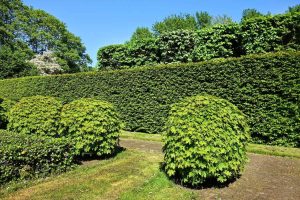South Carolina’s climate—characterized by warm, humid summers and mild winters—creates an optimal environment for cultivating a diverse range of fruit trees.
Whether you’re a seasoned gardener or a novice just beginning your planting journey, this comprehensive guide highlights some of the best fruit trees suited for South Carolina, along with detailed care tips and regional considerations.
Peach Trees
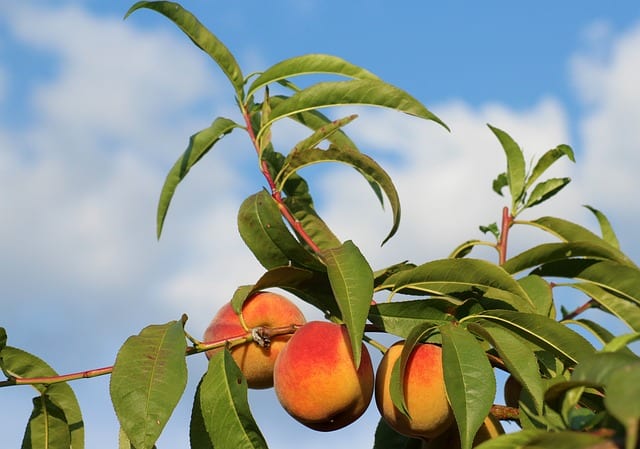
Peach trees are one of the quintessential fruit trees of the South and thrive exceptionally well in the rich soils and warm climate of South Carolina. The prolonged summer heat coupled with plenty of sunlight facilitates the growth of sweet, juicy peaches. Notable varieties such as Elberta and Belle of Georgia are highly recommended for their robust flavor and high yields.
Planting Tips:
Location: Select a site that receives full sun for at least 6-8 hours a day and has good air circulation.
Soil: Well-drained sandy loam is ideal. Avoid areas with heavy clay or waterlogged soils to prevent root rot.
Chill Hours: Ensure you choose varieties that require around 500 chill hours during winter, a threshold easily met in South Carolina’s Upstate region.
Care Recommendations:
Watering: Establish a deep watering routine, especially during prolonged dry spells.
Pruning: Perform regular pruning in late winter to promote air circulation and remove unnecessary branches, which helps prevent diseases.
Fertilization: Use a balanced fertilizer in early spring to boost growth and fruiting.
Apple Trees

While apples are often associated with cooler climates, selected varieties can flourish in South Carolina. Half-hardy types such as Anna and Dorsett Golden are excellent choices that yield sweet and crisp apples in the warmer regions.
Planting Tips:
Location: Choose a sunny spot that receives full sunlight for at least 6 hours each day.
Soil: Apple trees prefer sandy loam soils that drain well. Prepare your soil by mixing in organic matter to enhance fertility.
Frost Awareness: Monitor late spring frosts as apple trees bloom early in South Carolina, which can impact fruit set.
Care Recommendations:
Watering: Maintain consistent moisture, especially in the heat of summer. Drip irrigation systems work well for this.
Pest Management: Regularly check for pests like aphids and caterpillars. Organic insecticides can help manage infestations without harmful effects.
Pruning: Prune annually to shape the tree and remove dead or diseased branches, focusing on keeping the center of the tree open for air circulation.
Blueberry Bushes
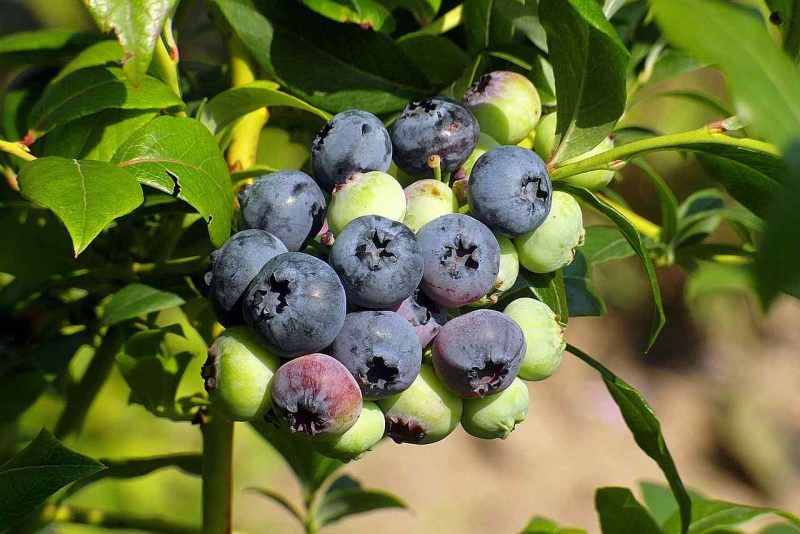
Blueberries, while technically bushes, deserve a noteworthy mention due to their high yield and relatively low maintenance. Varieties such as Premier and Brightwell thrive in South Carolina and produce delicious berries that are rich in antioxidants.
Planting Tips:
Location: Select a sunny area that receives 6-8 hours of direct sunlight each day for optimal fruit production.
Soil: Blueberries prefer acidic soil, with pH levels ranging from 4.5 to 5.5. Conduct a soil test prior to planting and amend accordingly.
Spacing: Space blueberry bushes about 4-6 feet apart to allow for good air circulation and ease of harvest.
Care Recommendations:
Watering: Blueberries have shallow root systems, so keep the soil consistently moist without becoming waterlogged.
Mulching: Apply a layer of mulch to retain moisture and suppress weeds, using materials like pine bark or wood chips.
Pruning: Annually prune in late winter, removing any older canes to encourage new, fruit-bearing growth.
Fig Trees
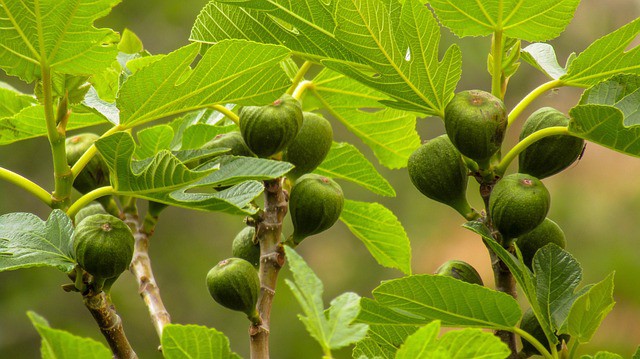
Figs are well-suited to South Carolina’s growing conditions and are excellent for both urban gardens and rural landscapes. Popular varieties include Celeste and Brown Turkey, both praised for their sweet and succulent fruits.
Planting Tips:
Location: Plant fig trees in a spot that receives full sun for the majority of the day.
Soil: They prefer well-drained soils and can tolerate a range of soil types, although sandy soils are best.
Winter Protection: In colder regions of South Carolina, ensure the trees are sheltered during extreme winter temperatures.
Care Recommendations:
Watering: Water regularly but allow the soil to dry slightly between watering sessions to prevent root rot.
Pruning: Minimal pruning is needed; however, do prune in late winter to remove dead wood and shape the tree.
Pest Control: Keep an eye out for pests such as fruit flies and scale insects, and take necessary control measures if they appear.
Pear Trees
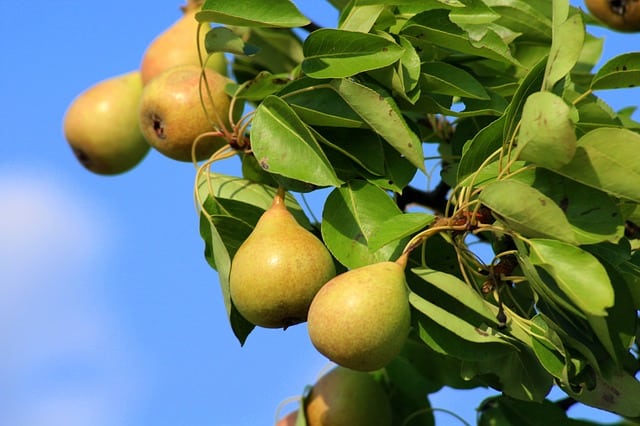
Pear trees, particularly varieties suited for warmer climates like Tswu and Kieffer, thrive in South Carolina’s environment. They tend to be more resilient against diseases than apple trees and often attract beneficial pollinators.
Planting Tips:
Location: Choose a site that receives full sun for at least 6 hours a day with good air circulation.
Soil: Pears prefer well-drained soils that are slightly acidic; testing soil pH will help you determine necessary amendments.
Timing: Autumn is typically the best time to plant pear trees, allowing them to establish roots before hot weather arrives.
Care Recommendations:
Watering: Young trees require regular watering while establishing roots, while mature trees are more drought-tolerant.
Maintenance: Apply a balanced fertilizer in early spring, and carry out regular pest inspections, especially for common pests like aphids and pear psylla.
Pruning: Regularly prune for shape and to remove dead or diseased branches, ideally done in late winter.
Citrus Trees
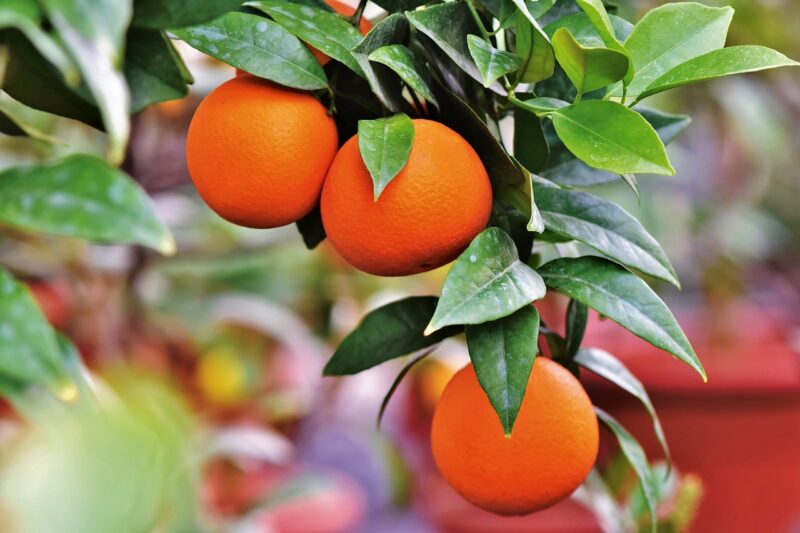
While citrus trees like lemons and oranges might be more commonly grown in Florida, certain cold-hardy varieties thrive in South Carolina’s climate. The Improved Meyer lemon and Satsuma orange are great options.
Planting Tips:
Location: Choose a sunny spot with good drainage, preferably a southern or western exposure for maximum warmth.
Soil: Citrus trees generally prefer sandy, well-drained soils, slightly acidic in nature.
Frost Awareness: Protect trees from frost by planting them in pots for easy relocation or on southern-facing slopes to enhance warmth.
Care Recommendations:
Watering: Ensure adequate moisture, particularly during flowering and fruit development stages, but avoid waterlogging.
Mulching: Applying a layer of mulch can help retain moisture and maintain consistent soil temperatures.
Pest Management: Regularly inspect for pests like citrus leaf miners and scale, and adopt integrated pest management practices as needed.
Persimmon Trees
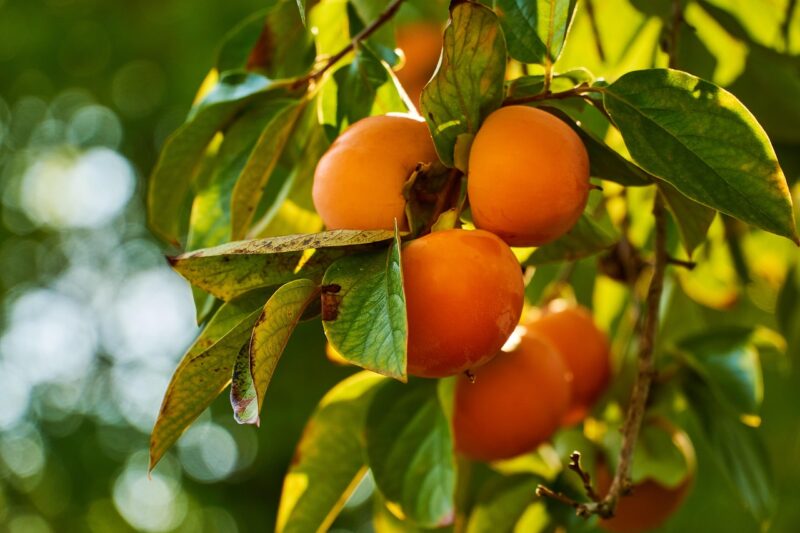
American persimmon trees are native to the region and are a delightful addition to South Carolina landscapes. By producing sweet, flavorful orange fruit, varieties like Fuyu and Jiro can become a unique staple in your garden.
Planting Tips:
Location: These trees prefer sunny locations with well-drained soil.
Soil: Moist, well-drained soils work best; consider enriching the soil with organic matter.
Spacing: Allow adequate space, planting persimmons approximately 15-20 feet apart.
Care Recommendations:
Watering: Regular watering is necessary during drought conditions to promote healthy fruit production.
Pest Control: Persimmons are relatively low-maintenance and generally pest-resistant, requiring minimal intervention.
Harvest Timing: Harvest the fruit once it is fully ripe for the sweetest flavor and best texture.
Cherry Trees

Cherry trees may be a surprising choice for South Carolina, but several varieties, such as Sweetheart and Bing cherries, perform admirably in the warm climate. They produce beautiful blooms in the spring and delicious fruits in the summer.
Planting Tips:
Location: These trees need full sun and space for good air circulation.
Soil: A slightly acidic to neutral, well-draining soil is preferred.
Frost Considerations: Choose disease-resistant varieties and plant in a location that might mitigate potential frost effects during the flowering stage.
Care Recommendations:
Watering: Ensure the soil remains consistently moist, particularly during the critical periods of fruit set and ripening.
Pruning: Annually prune to promote a healthy shape and adequate airflow through the branches to discourage fungal diseases.
Monitoring for Pests: Regularly check for cherry fruit flies and aphids, employing organic controls if necessary.
Asian Pear Trees
Asian pears are gaining popularity for their unique crisp texture and sweet flavor. Varieties such as Shinseiki and Shinsui are adaptive to South Carolina’s variables and are generally more resistant to diseases than European pears.
Planting Tips:
Location: Plant in full sun to ensure optimal fruit development.
Soil: Preferably well-drained and light soils, these trees benefit from organic amendments that improve drainage.
Spacing: Allow for easy access and air circulation by spacing trees 10-15 feet apart.
Care Recommendations:
Watering: Regular watering is crucial, especially during fruit formation stages.
Pruning: Regular pruning maintains shape and encourages air circulation, helping to deter pest problems.
Pest Management: Sanitation and monitoring are essential, as these trees can occasionally succumb to pests without proper care.
Mulberry Trees
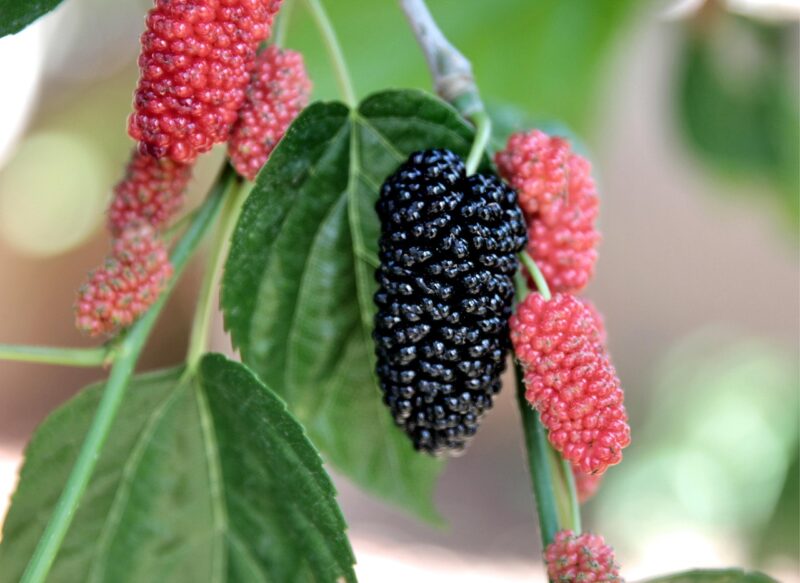
Often overlooked, mulberry trees can thrive in South Carolina, producing sweet, juicy berries excellent for fresh eating or preserves. Varieties like Illinois Everbearing are popular for their adaptability.
Planting Tips:
Location: Ensure full sun for optimal berry production.
Soil: While adaptable, these trees prefer well-draining soils and can tolerate poor soil conditions.
Spacing: Space about 10-15 feet apart to avoid overcrowding.
Care Recommendations:
Watering: Mulberries are tolerant of drought, but regular watering during dry spells will increase berry yield.
Maintenance: Mulberry trees typically require little care but do benefit from annual pruning to ensure shape and density management.
Harvest Considerations: Be mindful of overripe berries, which can stain surrounding surfaces.
Guava Trees
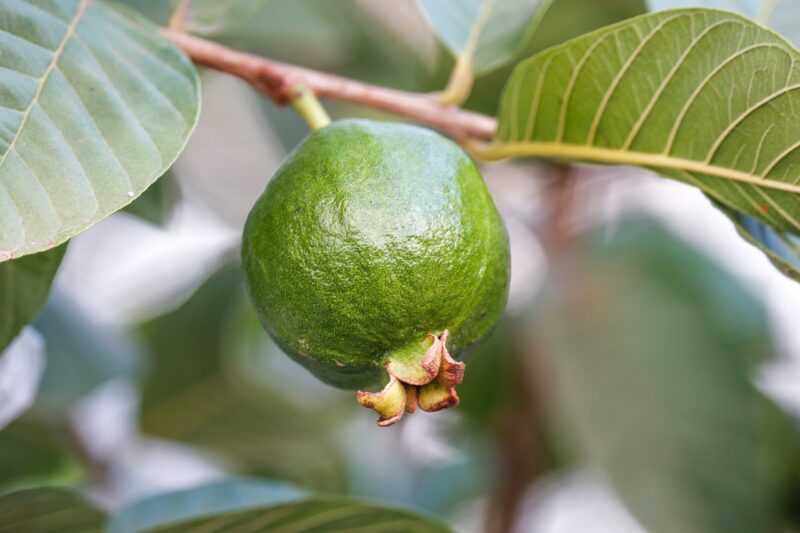
Guava trees bring a tropical flair to South Carolina landscapes, with varieties such as Pineapple and Strawberry guava thriving in warmer regions producing fragrant and nutritious fruit.
Planting Tips:
Location: Full sun exposures promote healthy growth; consider locations protected from harsh winds.
Soil: Prefers well-drained, sandy loam soils.
Spacing: Maintain a distance of 10-15 feet apart to accommodate their growth.
Care Recommendations:
Watering: Young trees need regular watering until established; adult trees can be more drought-tolerant but should be watered during dry spells.
Pruning: Annual pruning encourages healthy growth and maximizes fruit production.
Fruiting Management: Hand pollination can help to increase yields, especially in areas with weaker pollinator populations.
Pawpaw Trees
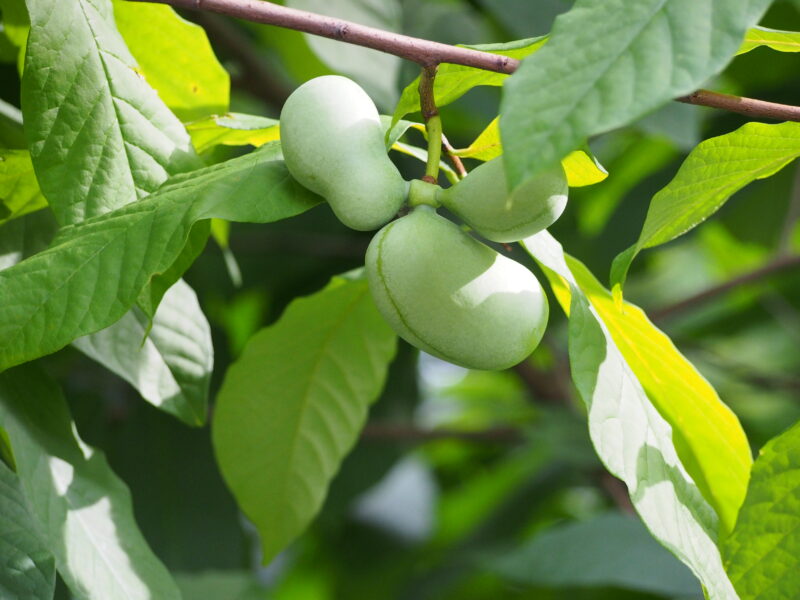
The pawpaw is a distinctive fruit tree native to North America that is surprisingly well-suited to South Carolina’s varied habitats. Known for its custard-like texture and tropical flavor, fruit from the pawpaw tree resembles banana and mango.
Planting Tips:
Location: Prefer partial to full shade, mimicking their natural understory habitat.
Soil: Well-drained, fertile soils rich in organic material are ideal for healthy growth.
Spacing: Allow about 10 feet between trees to ensure ample room for growth.
Care Recommendations:
Watering: Regular watering is essential, especially during dry periods; maintain consistent soil moisture for optimal fruit quality.
Pest Management: Pawpaws are generally low-maintenance, suffering from few pests or diseases, but keep an eye out for potential fruit drop.
Harvesting: Fruits should be harvested when they start to soften for the sweetest flavor.




